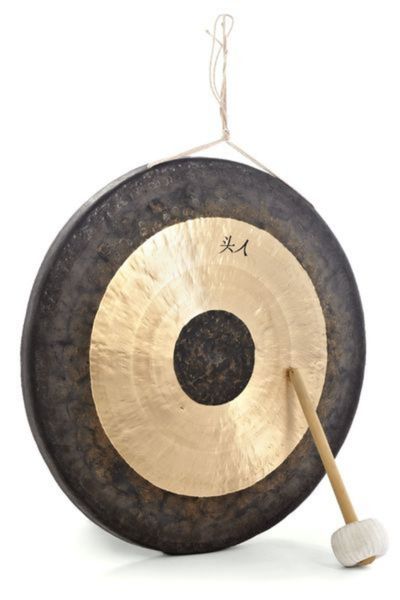Context
Fanfare for the Common Man by Aaron Copland
Aaron Copland (1900-1990), was an American composer who wrote a number of well-known pieces such as Appalachian Spring, Rodeo and Billy the Kid. Fanfare for the Common Man is possibly his most famous work.
Copland said this in his autobiography:
“Eugene Goossens, conductor of the Cincinnati Symphony Orchestra, had written to me at the end of August about an idea he wanted to put into action for the 1942-43 concert season. During World War I he had asked British composers for a fanfare to begin each orchestral concert. It had been so successful that he thought to repeat the procedure in World War II, with American composers.”
Aaron Copland
This piece was inspired by a powerful speech given in 1942, by US vice president, Henry Wallace, where he proclaimed the dawning of the ‘Century of the Common Man’.
Copland wrote his Third Symphony 1944-46, and used this fanfare as the main theme of the final movement (you can also listen to this below).
Listen For…
Copland scored this fanfare for brass and percussion.
- What a start! He grabs our attention with the bass drum, timpani and tam-tam (see picture below)

The trumpets play the main theme as shown below. Successful fanfare melodies mainly use the tonic and dominant notes. This is no exception! The highlighted parts demonstrate this:

The key is B flat major, so B flat is the tonic and F is the dominant.
Blue = dominant (F)
Purple = tonic (B flat)
Not only has Copland made prolific use of the tonic and dominant notes, he has also included some strong melodic intervals:
It starts with a rising perfect 4th (F to B flat), moving to a rising perfect 5th (B flat to F). This interval is repeated in bar 2,and at the end of bar 3 there is a falling perfect 4th. The melody ends with a falling perfect 5th.
All these 4ths and 5ths give a feeling of space and openness to the melody.
What about the rhythm?
The rhythm is interesting because it starts with a pair of semiquavers, which wouldn’t seem to be a very strong way to begin a fanfare! The tied notes also displace the rhythmic feel of the melody. Notice how the phrase marks often go over the bar line, meaning that the start of a phrase doesn’t always happen on the strongest beat.
Things To Consider
- What do you think of the re-orchestration of the fanfare in the Third Symphony? Is it effective played on different instruments?
- If you were asked to write a fanfare what combination of instruments would you choose?
- How would you create an opening with impact, as Copland has done here?